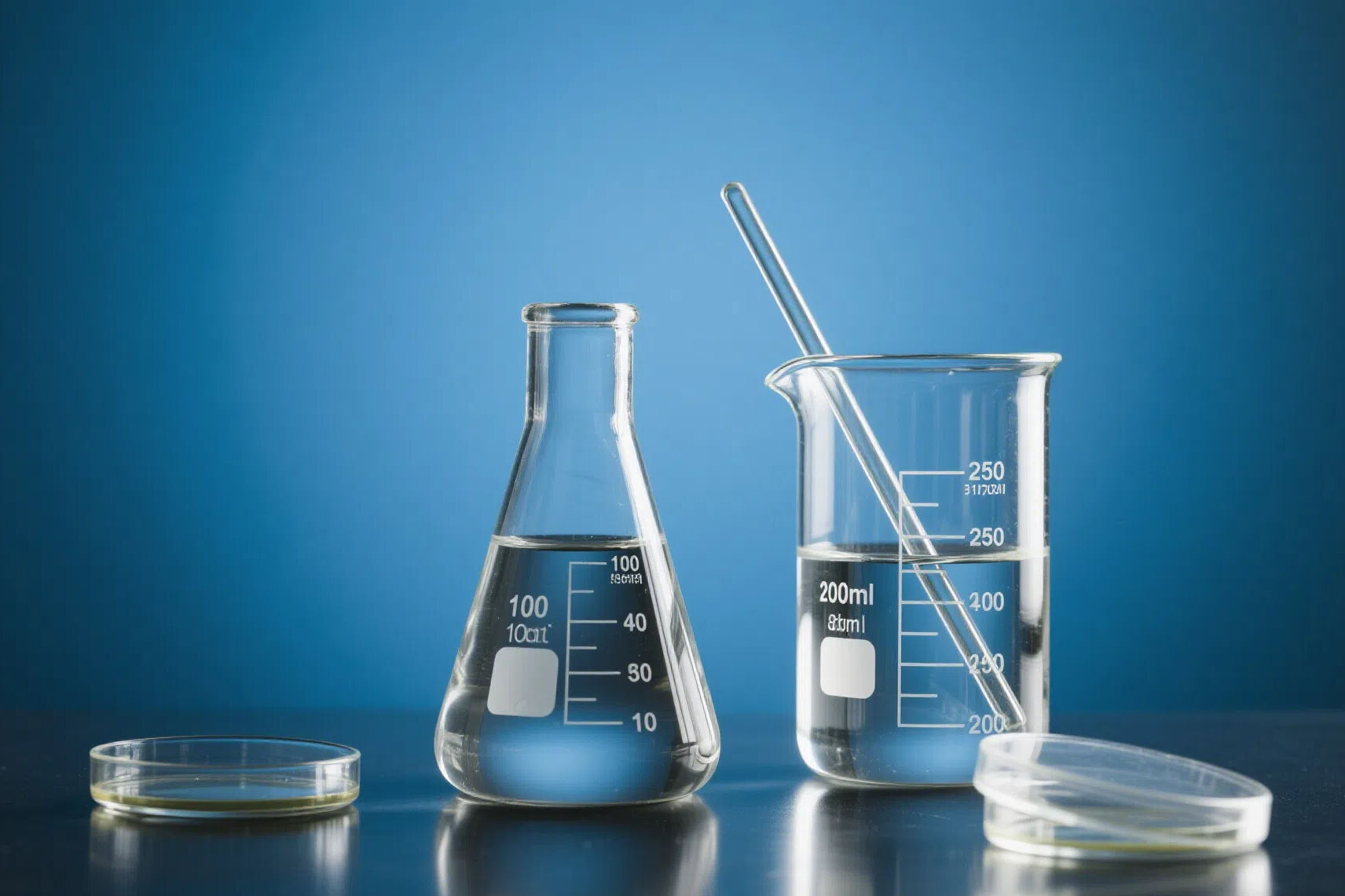Acrylate cost efficiency refers to the optimization of resources, processes, and sourcing strategies to minimize production and procurement costs while maintaining high product quality and performance. For manufacturers like E Plus Chemical Co., Ltd., cost efficiency is achieved through several key measures: leveraging economies of scale with large production capacities (50,000 tons/year for isooctyl acrylate and 240,000 tons/year for acrylic water-based resins) to spread fixed costs across more units; integrating the industrial chain from monomer synthesis to finished product delivery to reduce reliance on external suppliers and lower transportation expenses; and utilizing fully automated production lines to minimize labor costs and reduce material waste. Raw material cost management is another critical aspect, involving strategic sourcing of acrylic acid and other feedstocks to secure stable prices and reduce exposure to market volatility. In terms of production processes, advanced catalytic polymerization technology enhances reaction efficiency, increasing yield and reducing energy consumption. For customers, cost efficiency is realized through bulk purchasing discounts, which lower per-unit costs, and through the use of high-purity acrylates (such as 99% pure 2-ethylhexyl acrylate) that reduce formulation waste and improve end-product performance, thereby lowering overall production costs. Additionally, E Plus Chemical’s OEM customization services allow customers to obtain tailored acrylate products, avoiding the need for unnecessary additives or modifications, further enhancing cost efficiency. By balancing quality, performance, and price, both producers and users of acrylates can achieve optimal cost efficiency across the value chain.
